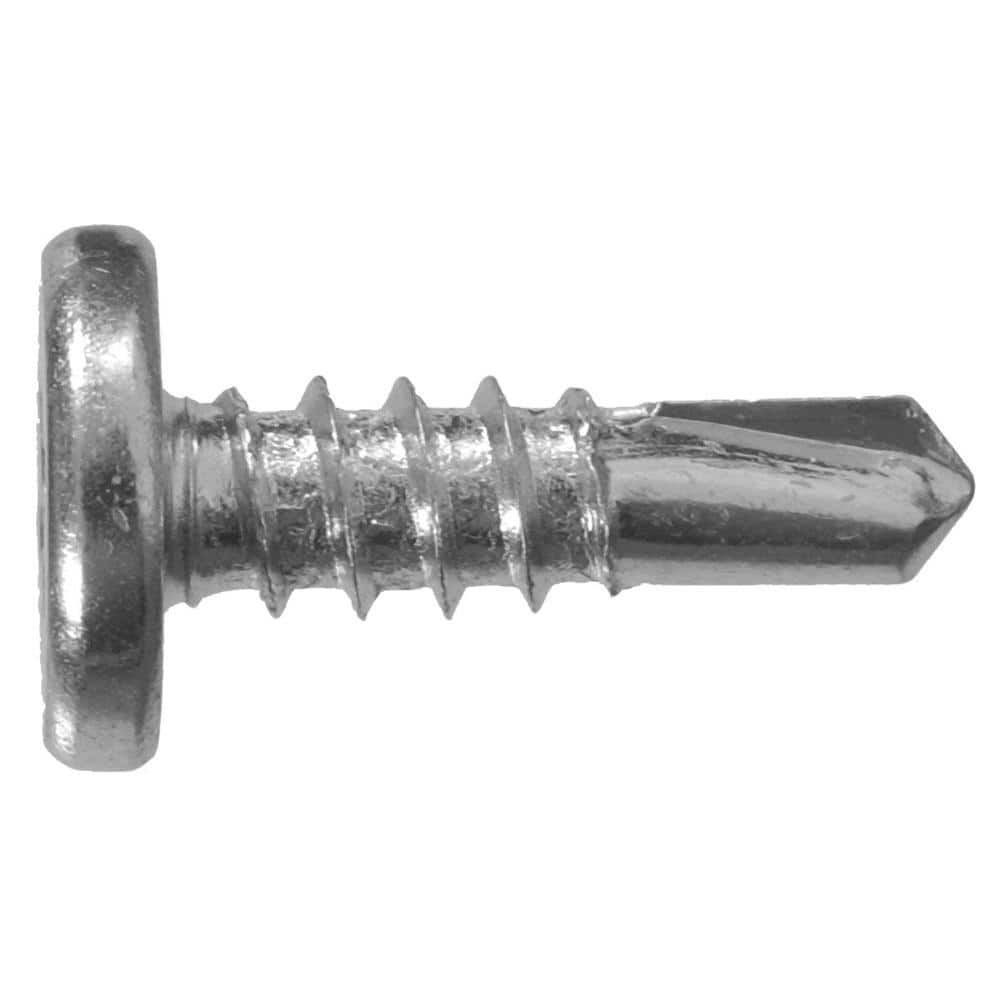What Screws To Use For Metal Framing

Recommended Screws and Length The rule of thumb for most screw applications is the screw enters the second piece of wood to about half the thickness of the wood.
What screws to use for metal framing. Lay out the position of the track strike chalk lines and drill a hole through the metal and into the concrete the full length of the screw. If it is not done correctly you will have to bear a variety of problems in the long run. Use a hammer drill fitted with a carbide tipped masonry bit.
The fluted screws bite. Framing is one of the most important parts of home construction projects. I plan to use a construction adhesive on each end of the stud before attaching it to.
As such youll want to choose screws of a pretty particular length which may not be the same across all vans or even across all. On page 10 of their Steel Framing Guide they point out that hex- pan- and bugle-head screws should be adequate for most applications. Both the tip and head type of the screw will have a direct impact on the ease and speed of the metal studs.
Fine drywall screws feature smaller heads and are used to secure drywall to metal studs. The axial load or load weight limit for metal studs varies widely. Teks Metal-to-Metal Screws are ideal for attaching lath to wood or steel studs for stuccoplaster applications attaching pre-drilled metal brackets to post-framing or any general applications requiring a wide low-profile head.
At the top of our photo red arrow at left is a 1 14 stainless steel screw used by a contractor to secure joist hangers when building the deck shown at the top of DECK PORCH CONSTRUCTION. 8 self-drilling tapping screws. Hang drywall or sheathing using 1-14 inch 31 cm self-tapping drywall screws.
Self-drilling screws and pan-head screws can be used with metal studs or frames. Youll use these to drill through the wood stud and fasten it directly to the metal ribs of your van. There are numerous types and lengths of screws used to assemble metal studs and they are designated by the tip used to penetrate the flange of the metal stud and the type of head on the screw.



















